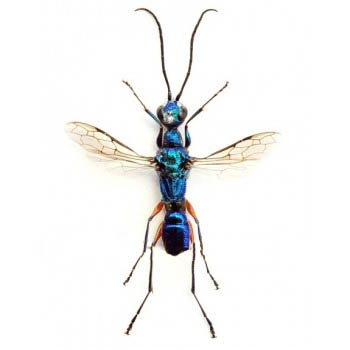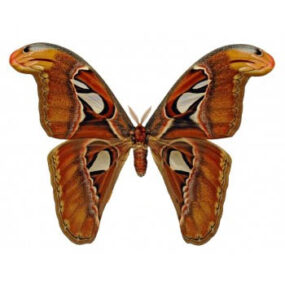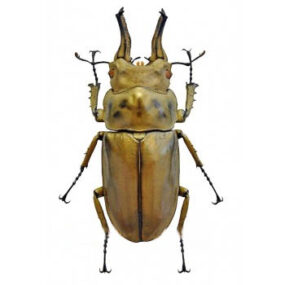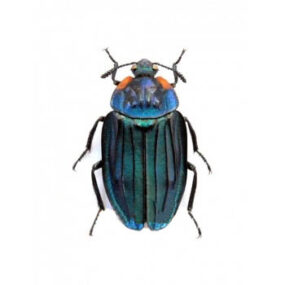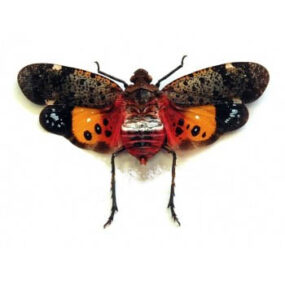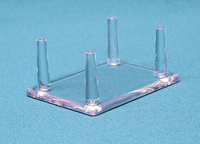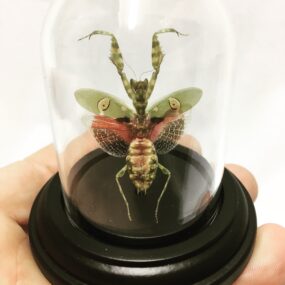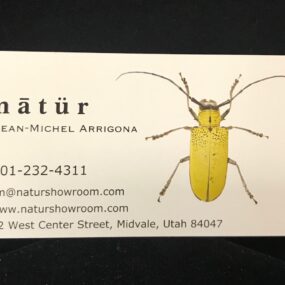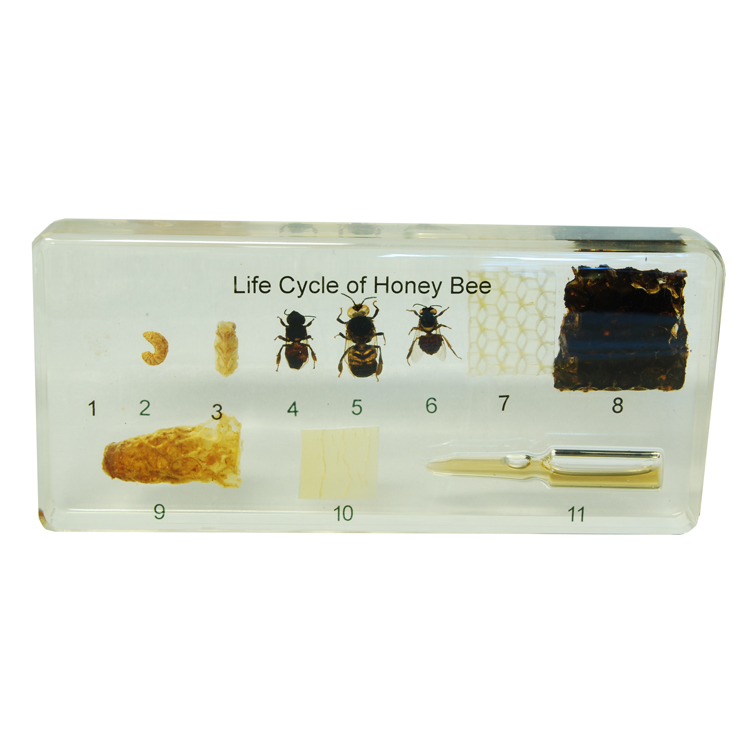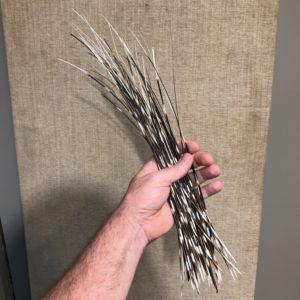Description
Wasp, Ampulex erythropus parasitic wasp specimen, positioned as shown.
This species comes from Indonesia, and you will receive a specimen similar to the one shown.
**Discover the Fascinating World of Ampulex erythropus: The Parasitic Wasp with a Unique Strategy**
Ampulex erythropus, commonly known as the emerald cockroach wasp, is a captivating species that showcases nature’s ingenuity. Found primarily in tropical regions, this parasitic wasp is renowned for its extraordinary life cycle and intricate behavior, making it a subject of intrigue among entomologists and nature enthusiasts alike.
The Ampulex erythropus is a striking insect, characterized by its vibrant green exoskeleton that shimmers in the sunlight. But it’s not just its appearance that draws attention; this wasp possesses a remarkable ability to manipulate its host, primarily the American cockroach. The female wasp injects a venomous cocktail into the cockroach, altering its nervous system and effectively turning it into a “zombie.” This cunning tactic ensures that the cockroach remains alive yet incapacitated, creating the perfect environment for the wasp’s larvae to thrive.
Once the cockroach is under the wasp’s control, it is guided to a safe location where the female lays her eggs. After a few days, the larvae emerge and begin to consume their host from the inside, ensuring a fresh food source. This parasitic relationship highlights the complex interactions between species in ecosystems and raises questions about survival strategies in the natural world.
Studying Ampulex erythropus not only provides insight into parasitism but also offers valuable lessons about adaptation and evolution. Its unique reproductive strategy has fascinated researchers and has implications for understanding biological control methods in pest management.
If you’re captivated by the wonders of nature, the life of the Ampulex erythropus is a compelling tale of survival, manipulation, and ecological balance. Explore more about this intriguing wasp and its place in the web of life, and discover why it continues to be a focal point of scientific research and admiration in the insect kingdom.
Wasp, Pepsis species, Tarantula Hawk Wasp spread and mounted in a Black Wooden frame


